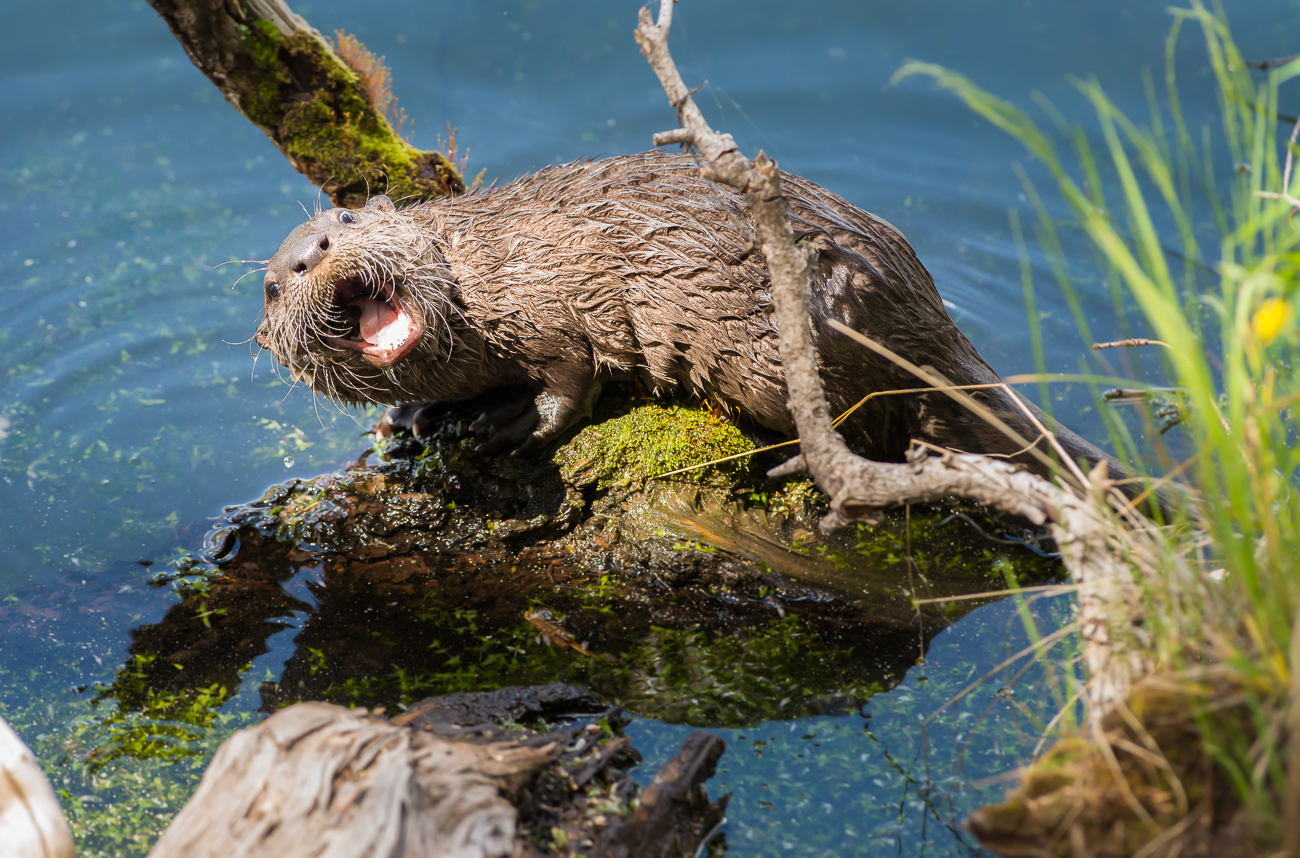Estimated Read Time: 4 minutes
The River Otter
If you thought only humans played, you thought wrong.
Meet one of this ecosystem’s most important and surprising predators – an animal just built for TikTok.
Like most mustelids – or members of the weasel family – it’s equipped with some pretty nice tools.
Webbed feet and a strong tail that’s almost as long as their body means an otter would easily beat Michael Phelps in the Olympic pool, even though they measure about half Phelp’s body length while swimming.
Otters also don’t need goggles to see under water. Their nostrils close and a translucent third eyelid allows them to maintain sight underwater – meaning they can stay underwater for almost a half kilometre and dive to depths of almost 20 metres.
Take that, Phelps.
A ridiculous sense of smell and their long whiskers which can easily sense movement means that they know exactly where their prey can be found – on land or in water. They’ve been known to use tools, can break through ice and because they’re mustelids, they’re far stronger than their size suggest.
When you combine these evolutionary superpowers you have an animal that is a top predator, regulating populations of everything from amphibians and reptiles to fish and small mammals. And because they travel large distances, they impact huge areas. It’s why they’re a keystone species of riparian ecosystems – the area where land meets water, the heartbeat of watersheds, the source of our drinking water.
That’s why otters matter, but what makes them interesting: Their surprising personalities.
Though you might think otters should prey on beavers, they rarely do. Why? Because they understand it’s not smart to bite the hand that feeds them.
That’s right, otters thrive in river systems that connect to wetlands that beavers build and they know that killing the builder of this ecosystem means less food in the long run. Which is smart, but not quite as smart as knowing that they also need shelter on long hunting journeys. And guess who maintains the nicest otter hotel chain around? Beavers.
In fact, otters can often be found taking a nap in a beaver-built riverbank den or even inside beaver lodges, sleeping right next to beavers. Talk about an unlikely peace treaty.
If you find that surprising, how about this?
River otters are resilient. They were once nearly wiped out by the fur trade, but have bounced back in a major way. But it’s not just the species that’s resilient; individuals are as well.
Such as this female otter, who gave birth to two pups: One able bodied, one paraplegic. Though we often hear nature is the survival of the fittest – and that certainly is true at times – otters offer a reminder that we should think twice about blanket statements.

Over the course of three months, this pup’s mother and sibling refused to let it die. They worked together to help swim it across the lake, taking turns to prop up its bad legs while helping it gain strength to use its front legs to doggy paddle. When the family hunted away from water, the paraplegic pup would hitch a ride on its mother’s back.
If the mother and the able-bodied pup needed to focus on fishing, the paraplegic pup would be tasked hunting where it could excel, like catching snakes along the lakeshore.
